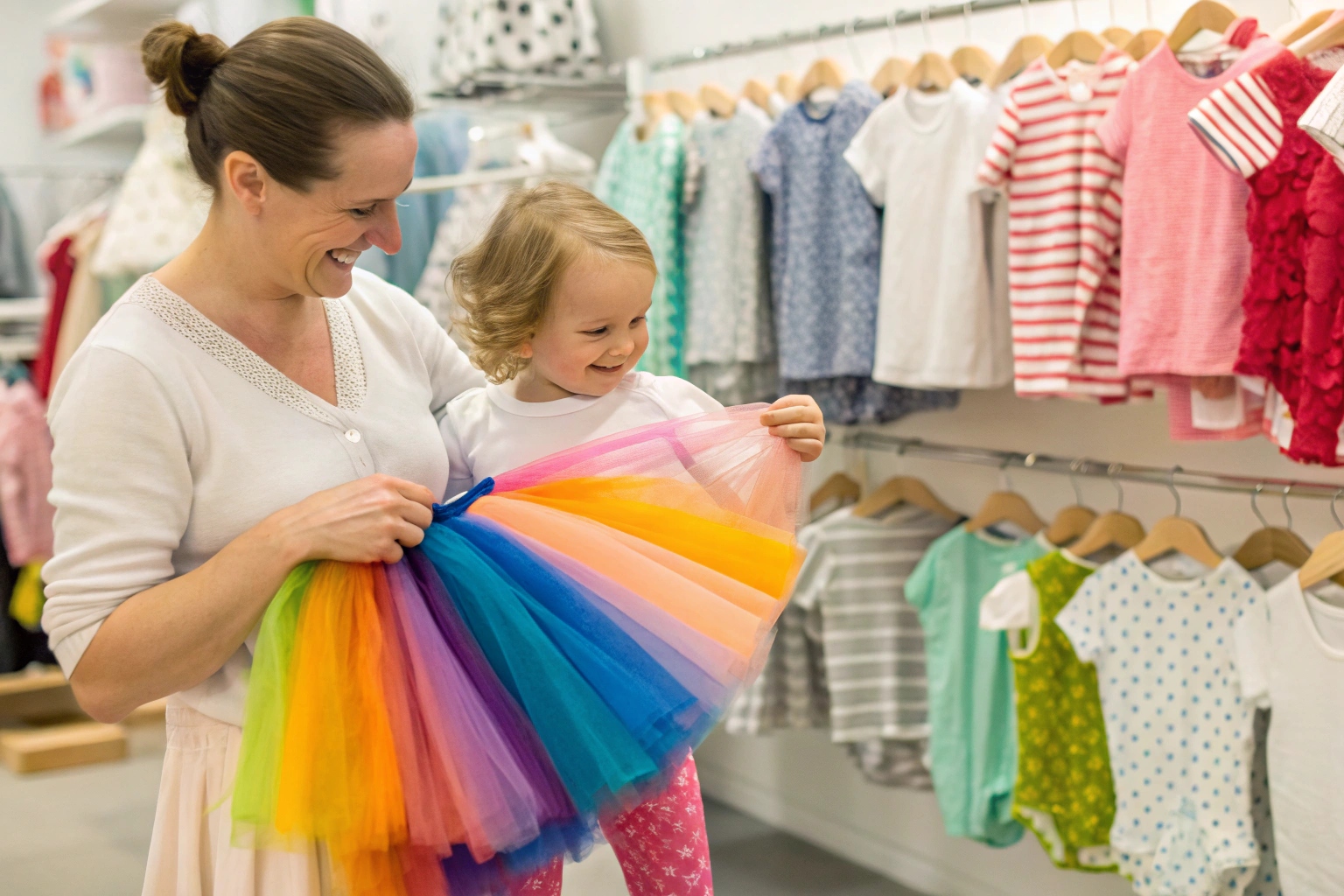One child wants to wear a tutu to the grocery store. Another insists on wearing mismatched socks to school. As a parent, do you say yes—or step in?
Letting kids choose their own clothes supports independence, creativity, and confidence. But boundaries around safety, weather, and context still matter. It’s all about guided freedom.
Let’s explore how to support self-expression while keeping age, setting, and social growth in mind.
How Clothing Choices Support a Child’s Independence?
For kids, clothes aren’t just about covering up—they’re about becoming who they are.
When children choose their own outfits, they learn decision-making, self-identity, and personal responsibility. Even small wardrobe choices build lifelong confidence.
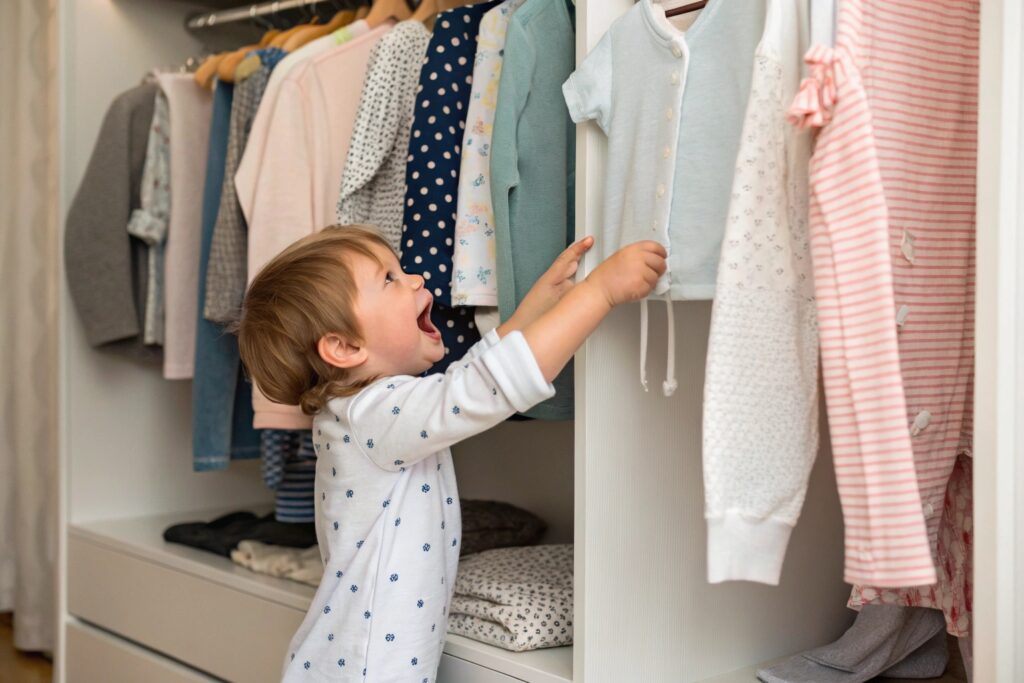
Why is it important to give kids autonomy over clothing?
Because dressing is one of the first areas where kids can practice independence safely. Picking out a shirt or pair of socks may seem small—but it helps children:
- Express mood or personality (“I’m in a dinosaur mood today!”)
- Build decision-making muscles (“I chose this on my own.”)
- Feel ownership of their bodies and routines
Research shows that kids who make small choices daily—like clothes or snack options—develop stronger confidence and a clearer sense of self.
| Benefit of Clothing Autonomy | How It Shows Up in Kids |
|---|---|
| Self-expression | Creative, playful outfit mixes |
| Independence | Dressing without reminders |
| Emotional awareness | Outfits reflect mood or comfort |
| Responsibility | Remembering coats or accessories |
When can kids start choosing their own clothes?
As early as 2 or 3 years old, children start asserting fashion preferences. By age 5, many want full control. Supporting them with gentle guidance helps make it a healthy, cooperative process—not a daily battle.
When Parents Should Step In on Wardrobe Decisions?
Freedom is great—but sometimes, kids need guardrails.
Parents should intervene in clothing choices when health, safety, cultural respect, or setting-appropriate norms are at risk. The key is collaboration, not control.
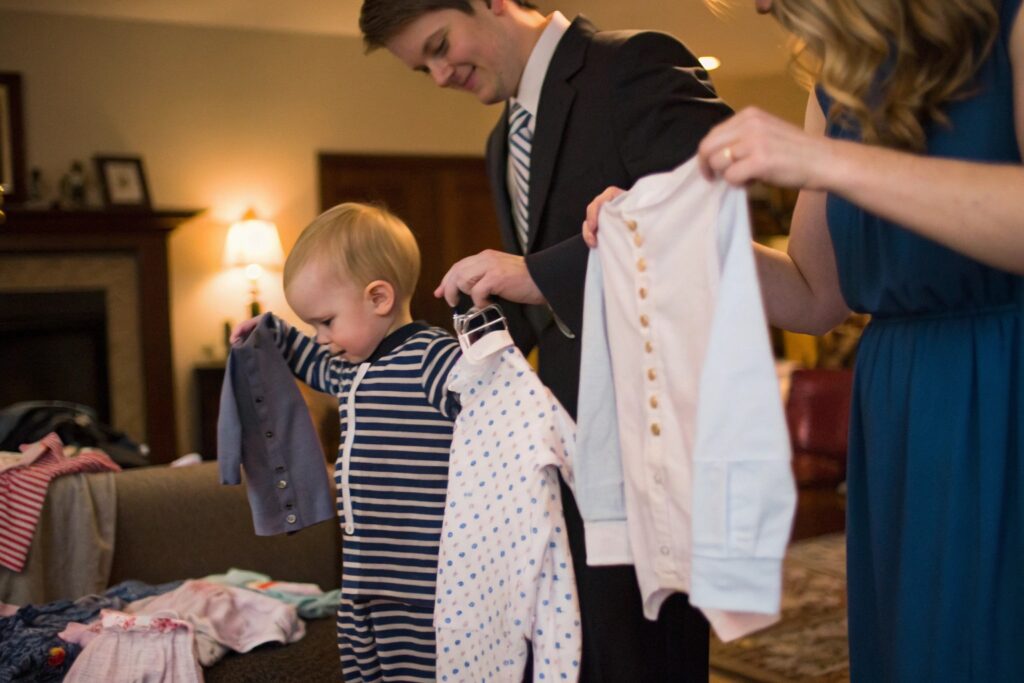
What are valid reasons to veto an outfit?
- Weather: Shorts in winter or wool in summer isn’t safe
- Hygiene: Rewearing dirty clothes can cause skin issues
- Setting: Pajamas at a wedding or flip-flops at gym class may not be appropriate
- Safety: Loose scarves or long dresses may pose tripping hazards
Parents can set expectations around “non-negotiables” (like clean clothes, shoes at school) while offering choices within those boundaries.
| Situation | Parental Role |
|---|---|
| Free play at home | Let them experiment freely |
| School photo day | Offer a few choices in advance |
| Public events | Guide toward setting-appropriate options |
| Cold/rainy weather | Explain health risks and offer layers |
How can parents avoid daily outfit battles?
Offer structured choices. For example: “Do you want the blue hoodie or the red one?” This gives kids control within your comfort zone—and reduces decision fatigue for everyone.
What Experts Say About Expression Through Fashion?
Kids don’t just dress for style—they dress to belong, to stand out, and to explore who they are.
Child development experts agree: clothing is a key form of expression, and suppressing it can limit creativity and emotional growth. Letting kids experiment helps build self-awareness.
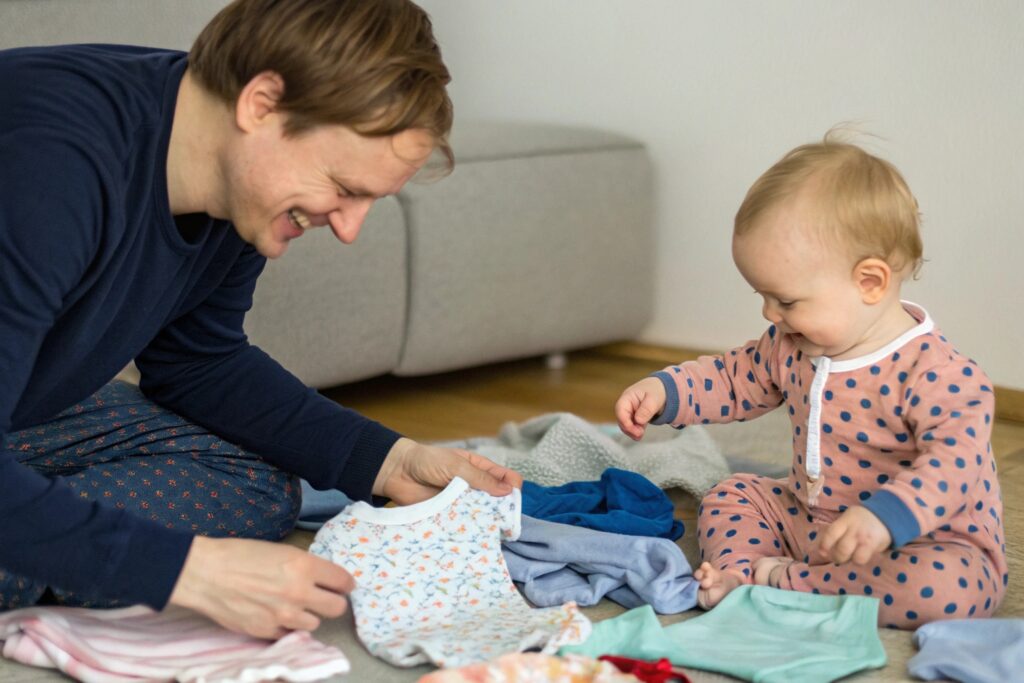
What do psychologists and educators say about letting kids choose outfits?
-
Dr. Laura Markham, clinical psychologist:
“Giving children the ability to dress themselves builds independence and decision-making skills. As long as safety and respect are intact, let them lead.” -
National Association for the Education of Young Children (NAEYC):
“Allowing children to choose clothing based on comfort, preference, and expression supports both autonomy and identity development.”
Experts also note that outfit choices often reflect emotional states. A child choosing a favorite color shirt may be seeking comfort. A mismatched outfit may reflect excitement or creative mood.
| Expert Viewpoint | Implication for Parents |
|---|---|
| Expression = Growth | Don’t correct every “clash” |
| Comfort = Confidence | Let kids favor their favorite pieces |
| Style = Identity Signal | Accept evolving preferences |
Is fashion expression tied to emotional or social development?
Yes. Especially in early school years, outfits become part of how kids interact socially. Giving them some say helps them feel more “seen” and reduces friction during key social stages.
How to Balance Freedom with Age-Appropriate Guidelines?
Complete freedom might overwhelm young kids—and complete control frustrates them. So what’s the middle ground?
The key is offering guided choice. Let kids pick outfits within agreed-upon boundaries for weather, cleanliness, and occasion. Over time, increase freedom as they show readiness.
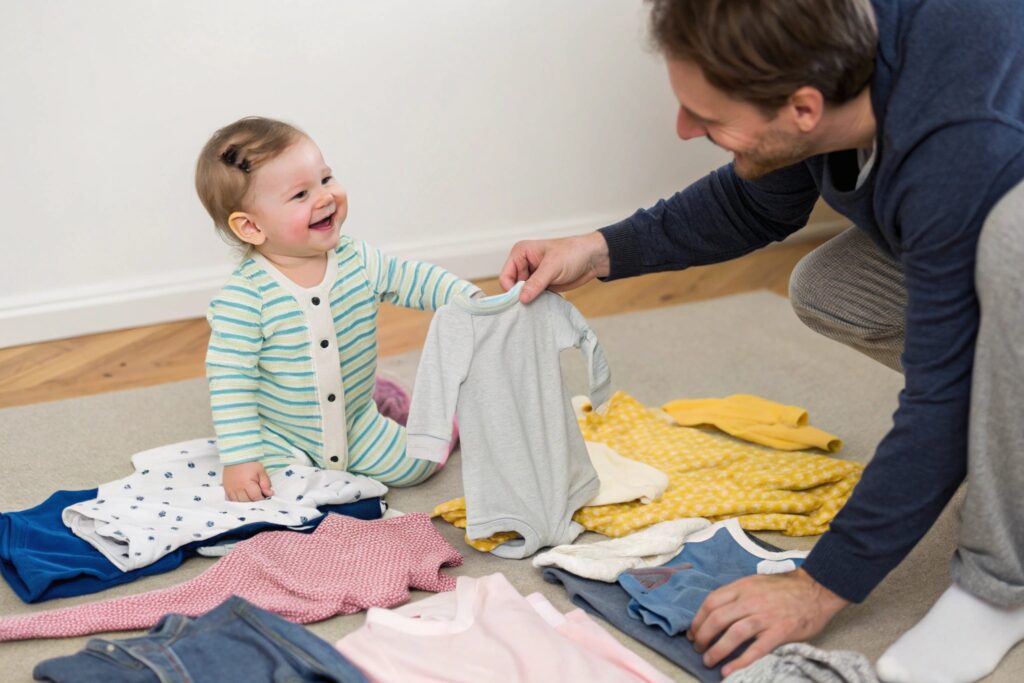
What are some practical tips for balancing freedom with guidance?
- Create a “yes” drawer: Fill it with seasonal, clean, school-ready options they can choose from freely
- Agree on the rules together: For example, “No open-toed shoes at school”
- Let kids prep the night before: Reduces morning chaos and gives them time to choose
- Compliment good choices: Build their confidence by affirming effort or coordination
| Age Group | Level of Freedom Suggested |
|---|---|
| 2–4 years | Pick between 2–3 prepared options |
| 5–7 years | Choose from organized closet sections |
| 8–10 years | Dress independently, discuss limits |
| 11+ years | Full freedom with feedback if needed |
What if the outfit looks “silly” to you?
Ask yourself: Is this a safety issue or just a style clash? If it’s just fashion, let it go. Children learn through trial—and often, mismatched outfits lead to fun conversations, not disasters.
Conclusion
Letting kids choose what they wear helps them grow, express, and take pride in their independence. Parents still play an important role—guiding with respect, not control. In the end, what matters most isn’t the outfit—it’s the confidence inside it.

